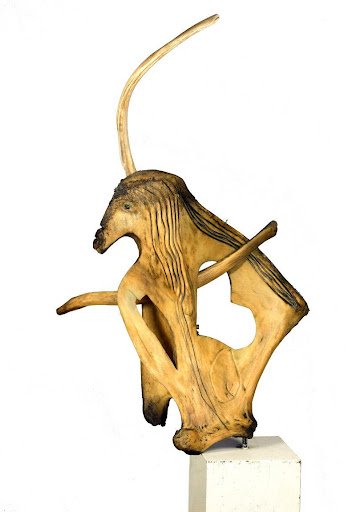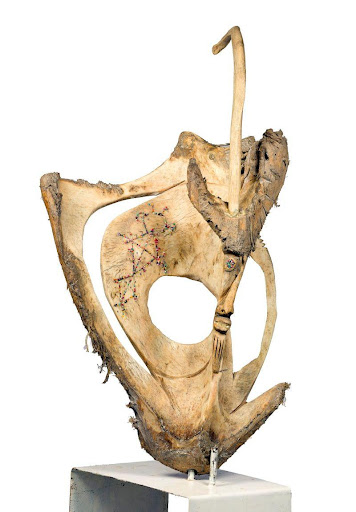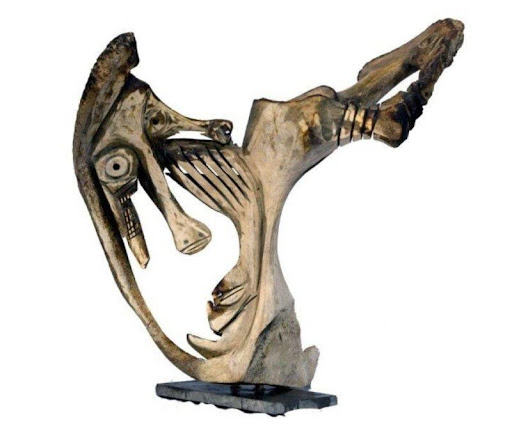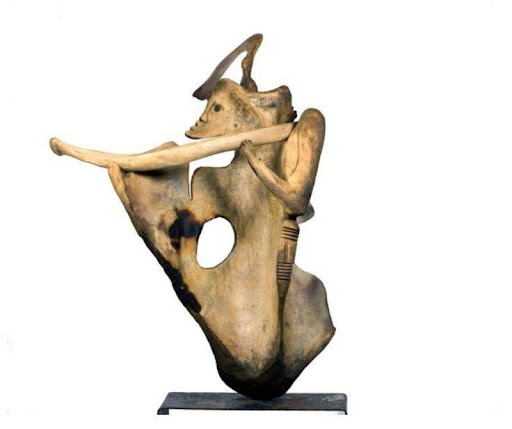By Nii B. Andrews.
At the height of the last COVID-19 pandemic, the South African academic and artist Pitika Ntuli created 45 haunting sculptures out of animal bones.
These formed an acclaimed exhibition that was seen online and travelled to venues in RSA.
The sculptures resonated so deeply with the audiences that some of the country’s most esteemed poets and musicians responded to the body of work with songs and poems.

Here is an octogenarian, trained and practising African traditional healer – Ntuli, using some of his fundamental tools for divination – bones, to create contemporary art with a poetic quality and his fellow artistes responding with praise songs.
Ntuli explains, “Bones have a special potency and subtle spiritual energies; their endurance is legendary. We know who we are, and where we come from as a result of studying bone fossils. Bones are the evidence that we were alive 3.5 million years ago, and they are carriers of our memories”.
On account of the visceral power of his work, Ngugi Wa Thiongo remarked, “Pitika Ntuli has made his creative breath enter discarded bones, and they come to life. Pitika is the poet of resurrection….”

Many of the pieces have a spectral quality even though they may appear anthropomorphic in composition.
Thus they serve to remind us that the last pandemic (underpinned by an abuse of the Earth’s finite resources) served to strip people of their flesh leaving only bones – the same bones that the Sangomas use to heal and attempt to foretell the future.
Ntuli uses his medium to harness African spirituality, indigenous knowledge systems and healing; all three converge to pivot us to focus on the fragile state of the contemporary.

The artist polymath, Ntuli, sums it up best as follows:
“In Art, the creative act is a titanic battle between flesh and spirit.
Each artwork is a diversion of the flesh, the body.
Each time the artist dies, a new work is born, or rather the opposite: each time a work of art is born the artist dies a little.
A little death invokes a greater desire to live and thus creates another artwork. When the artist dies finally, she continues to live through her offspring – her children and her artworks!”


Thank you for this excellent introduction to Pitika Ntuli.
Will do best to find/experience something of his in person when we return to S.A.
Wow, this is deeeeep!! Will circulate it widely.